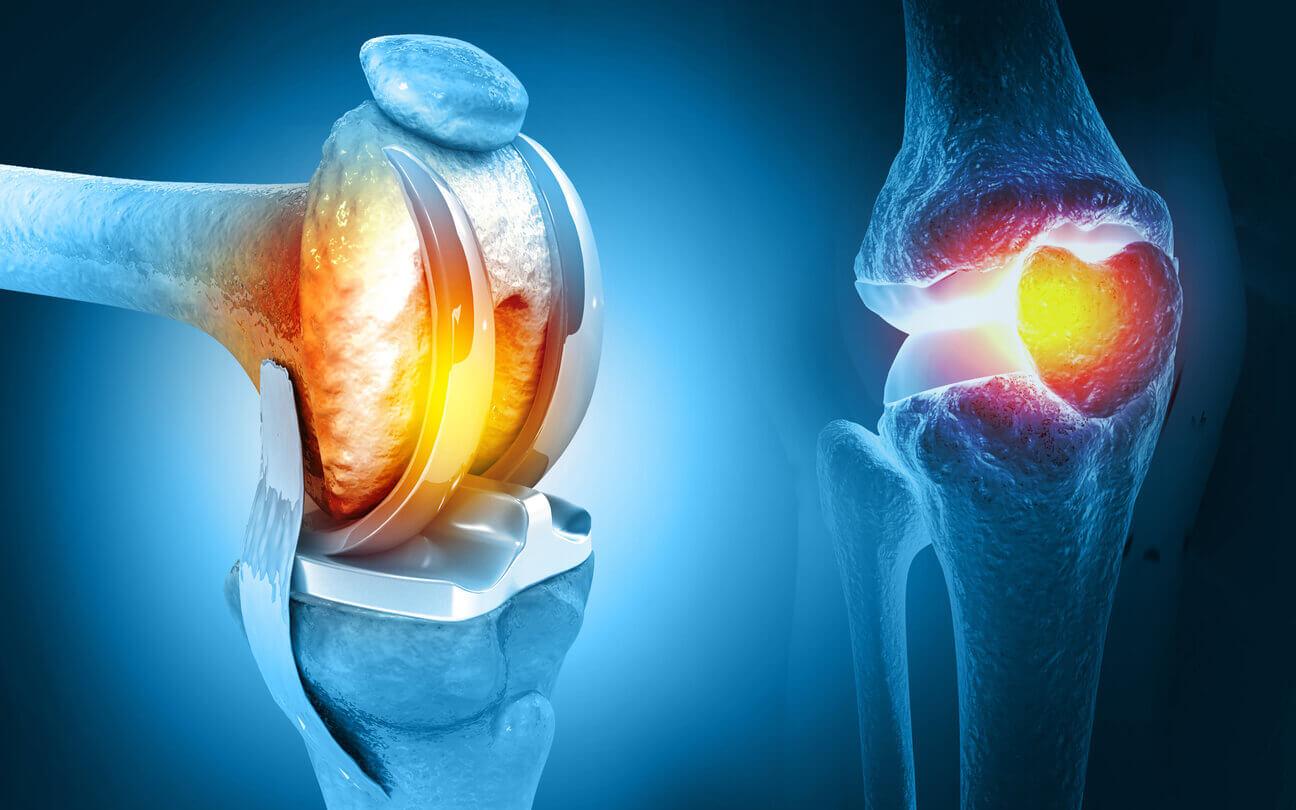Robotic vs Traditional Knee Replacement: Which Is Better?

Knee replacement has transformed the lives of millions suffering from advanced arthritis and severe joint damage. But in recent years, patients often ask: “Should I choose robotic knee replacement or traditional knee replacement?”
Both approaches aim to relieve pain and restore mobility, yet they differ in precision, technology, and recovery outcomes. At Jaipur Joints, Dr. Lalit Modi, a specialist in Orthopedics, Joint Replacement, and Arthroscopy, helps patients understand these differences clearly so they can make confident decisions.
Understanding Traditional Knee Replacement
Traditional knee replacement is a time-tested procedure performed for several decades. In this method, the surgeon uses manual instruments and experience-based judgment to remove damaged bone and cartilage and place the new artificial joint.
It is effective, safe, and widely performed across the world. Traditional surgery continues to deliver excellent long-term results, especially when performed by an experienced Joint Replacement Surgeon in Jaipur.
Advantages of Traditional Knee Replacement
-
Proven track record over 40+ years
-
Suitable for most types of arthritis
-
Lower cost compared to robotic techniques
-
Effective for patients with severe bone deformity
Limitations
-
Accuracy depends more on the surgeon’s hands and visual estimation
-
Slight variations in implant placement may affect long-term longevity
-
Recovery may be comparatively slower in certain patients
What Is Robotic Knee Replacement?
Robotic knee replacement is an advanced, technology-assisted technique. In this method, the surgeon uses a robotic arm and real-time digital mapping to plan the surgery with high precision. The robot does not make decisions on its own—it simply assists the surgeon in achieving more accurate implant positioning.
This technology helps create a 3D model of the patient’s knee, allowing more personalized alignment and bone preparation.
Advantages of Robotic Knee Replacement
-
High accuracy in implant positioning
-
Less damage to surrounding soft tissues
-
Reduced postoperative pain
-
Faster and smoother recovery
-
More natural knee movement post-surgery
-
Lower risk of complications and revision surgery
Limitations
-
Higher cost compared to traditional surgery
-
Not available in all hospitals
-
Requires specialized training and technology
Comparing Robotic and Traditional Knee Replacement
1. Precision
Robotic knee replacement offers more accuracy by using sensors, cameras, and computer-guided assistance. Traditional surgery depends heavily on manual skills. As a result, robotic procedures often deliver more consistent results.
2. Implant Longevity
Better alignment usually leads to longer-lasting implants. Robotic placement ensures the artificial joint fits the patient’s anatomy more precisely, which may help extend implant life.
3. Recovery Time
Patients undergoing robotic knee replacement typically experience:
-
Less swelling
-
Reduced muscle trauma
-
Faster mobilisation
This often results in a quicker return to daily activities.
4. Pain Levels
Robotic-assisted surgery minimizes tissue disturbance, naturally reducing postoperative pain. Traditional surgery may involve more manual cutting, sometimes resulting in slightly increased discomfort.
5. Suitable Candidates
Both procedures are excellent, but robotic surgery is particularly beneficial for:
-
Younger, more active patients
-
Patients seeking faster recovery
-
Those wanting highly precise alignment
Traditional surgery remains ideal for:
-
Patients with severe deformity
-
Cases where robotic systems are not suitable
-
Individuals seeking lower-cost options
Is Robotic Knee Replacement Always Better?
While robotic surgery offers clear advantages, the “best” method depends on the patient’s condition, expectations, bone structure, and overall health. The surgeon’s expertise remains the most crucial factor for success—whether the surgery is robotic or traditional.
Choosing the right technique requires a personalised evaluation. At Jaipur Joints, patients receive detailed counselling to help determine which approach suits their needs best.
Many patients researching Knee Replacement Surgery in Jaipur often want to know whether robotic technology truly makes a difference. The truth is that both methods can deliver excellent outcomes when performed by an experienced specialist who understands your knee’s unique structure and lifestyle requirements.
Which One Should You Choose?
Choosing between robotic and traditional knee replacement is a major decision, and understanding both approaches helps patients feel more confident. Robotic knee replacement offers superior precision and quicker recovery, while traditional surgery remains reliable, cost-effective, and time-tested. Ultimately, the right option depends on your condition and what you expect from the surgery.
Conclusion
Whether robotic or traditional, knee replacement aims to give patients a life free from chronic knee pain, stiffness, and mobility limitations. At Jaipur Joints, Dr. Lalit Modi offers both treatment options with a personalised approach, ensuring each patient receives the care best suited to their lifestyle and health goals. Recognized by many as the Best Knee Replacement Surgeon in Jaipur, Dr. Modi focuses on accuracy, long-term results, and patient comfort.
If you’re planning your treatment journey and comparing modern robotic techniques with standard procedures, consulting Dr. Lalit Modi will help you understand what’s ideal for your knee health. Patients seeking expert guidance often visit Jaipur Joints to explore advanced options and make informed decisions for long-lasting mobility and relief.
- AI
- Vitamins
- Health
- Admin/office jobs
- News
- Art
- Causes
- Crafts
- Dance
- Drinks
- Film
- Fitness
- Food
- Spellen
- Gardening
- Health
- Home
- Literature
- Music
- Networking
- Other
- Party
- Religion
- Shopping
- Sports
- Theater
- Wellness


